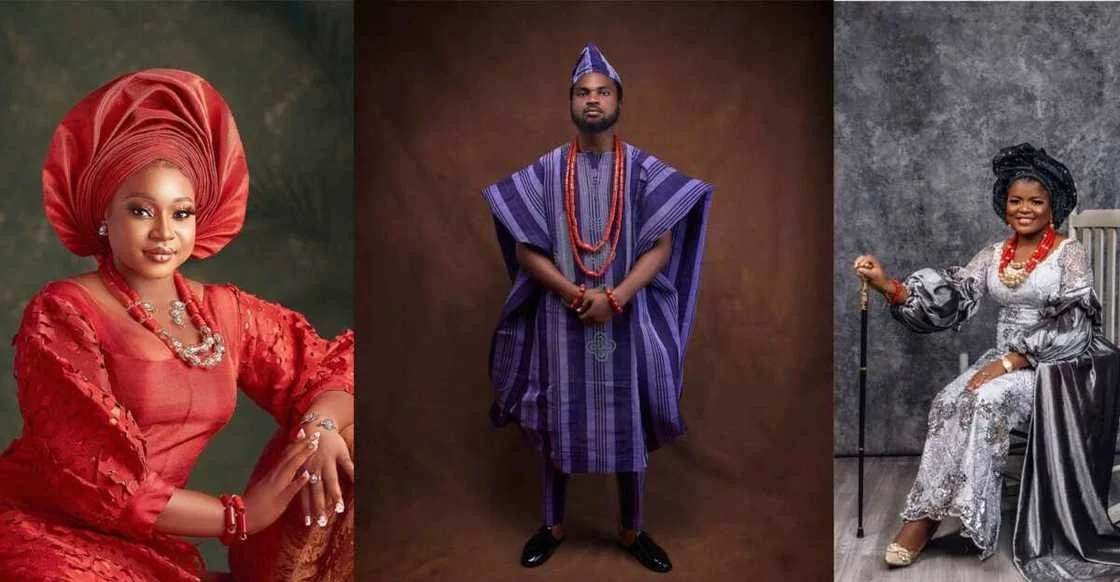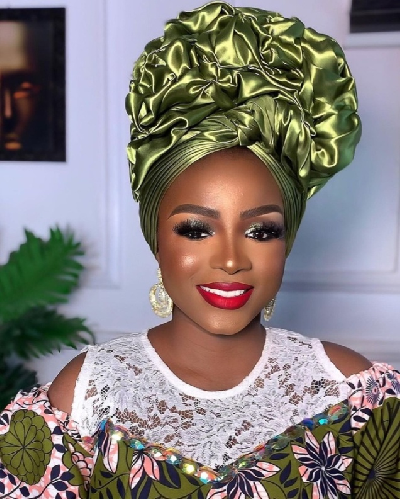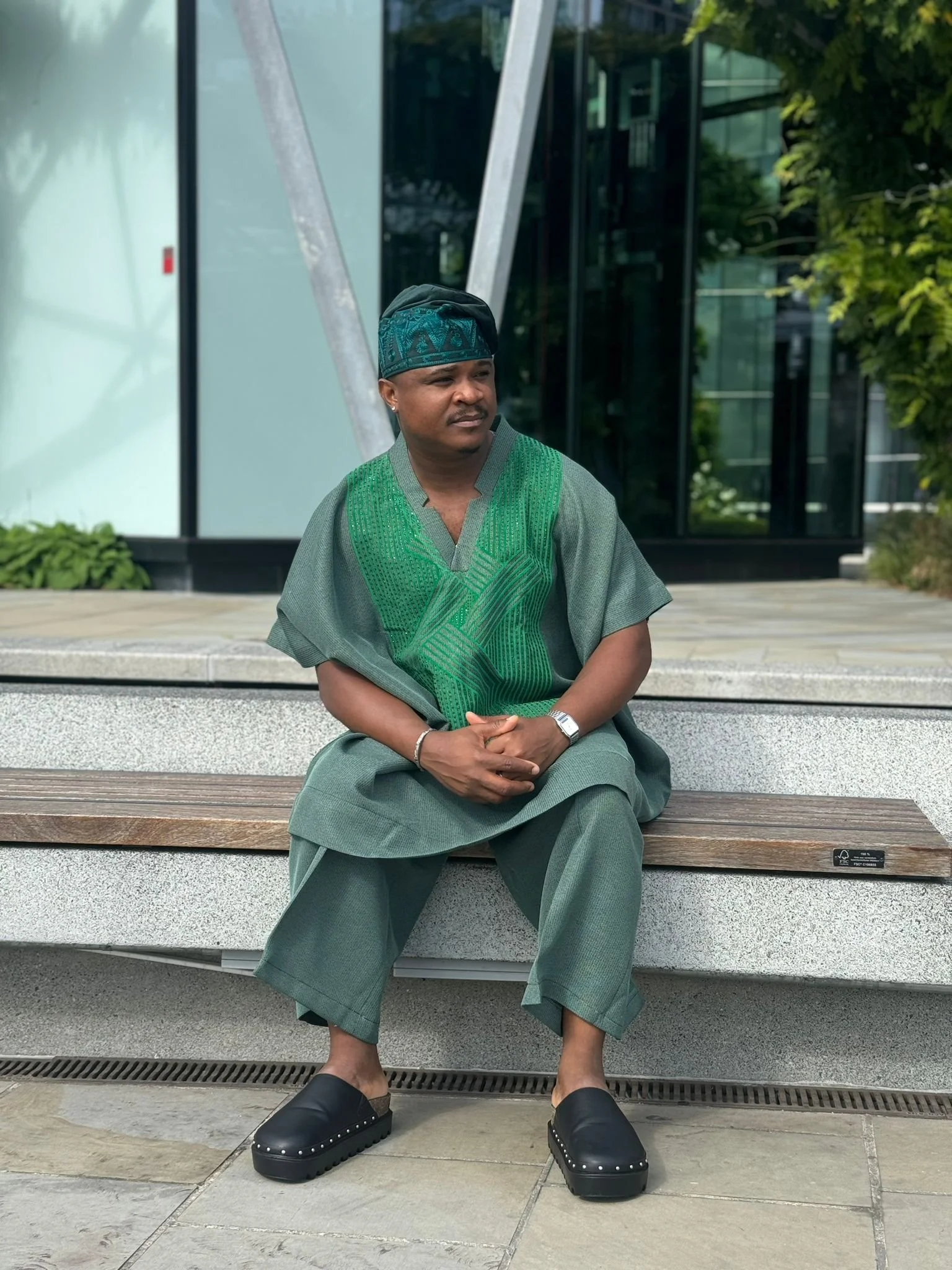Threads of Pride: Inside the Elegance of Yoruba Traditional Attire
By: Chimdindu Ken-Anaukwu
Walk into any Yoruba celebration — from weddings in Lagos to naming ceremonies in Ibadan — and you’ll be greeted by a sea of color, grace, and coordinated style. These outfits don’t just announce your presence; they speak of heritage, pride, and social standing.
But where did these styles come from? And why do they carry so much cultural weight?
Let’s unravel it together.
A History Sewn in Silk and Dignity
Yoruba attire is rooted in centuries of textile artistry. The ancient cities of Oyo and Iseyin were once hubs of handwoven fabrics like Aso-Oke and Sanyan — made from cotton, wild silk, and natural dyes like indigo. These materials were symbols of royalty and respect, often worn by chiefs and elders.
Fashion wasn’t about trend cycles — it was about tradition, occasion, and honor.
The Icons: Agbada, Gele, Aso-Oke
Agbada: A three-piece regalia worn by Yoruba men, consisting of an inner shirt (Buba), trousers (Sokoto), and the grand outer robe. Flowing and majestic, it commands attention and is often reserved for ceremonies and high-status gatherings.
Gele: The crown of Yoruba women. This intricately wrapped head tie isn't just an accessory — it's a sculptural statement of elegance and poise.
Aso-Oke: Literally meaning "top cloth," this handwoven textile is the crown jewel of Yoruba fashion. Families often wear coordinated Aso-Oke at weddings or burials to symbolize unity and respect.
Beyond the Big Three: The Full Tapestry
For Women:
Iro: A wrapper tied at the waist.
Buba: A loose-fitting blouse.
Ipele/Iborun: A shawl or sash for elegance.
Komole: A fitted modern gown for brides.
For Men:
Buba & Sokoto: Everyday attire turned ceremonial with high-grade fabric.
Danshiki: Simpler tunic for casual or formal occasions.
Fila: A stylish cap, especially the Abeti Aja and Gobi styles.
Materials Matter:
Adire: Tie-dyed indigo fabric, hand-dyed and symbolic.
Sanyan, Alaari, Etu: Luxurious types of Aso-Oke that tell different class stories.
Ankara: A modern mainstay, though originally not Yoruba, now loved across tribes.
Yoruba Fashion Today: Still Loud, Still Proud
Thanks to Nollywood stars, Afrobeat icons, and international runways, Yoruba fashion continues to make waves. Gele tutorials go viral on YouTube. Aso-Oke is now fused with sequins and lace. Even children now rock mini-Agbadas with sneakers.
Yoruba fashion isn’t static. It evolves, reinvents, but never forgets.
Yoruba Words to Know:
Gele – Headtie
Agbada – Grand robe
Aso-Oke – Traditional top cloth
Fila – Cap
Iro ati Buba – Wrapper and blouse
Adire – Tie-dye fabric
Learn the Language Behind the Looks
Every fabric has a name. Every style has a story. Every outfit has an emotion. Want to truly feel Yoruba pride? Learn the language behind the fashion.
Explore more Yoruba vocabulary and cultural gems on the NKENNE app.
Start now. Wear it. Speak it. Own it.























